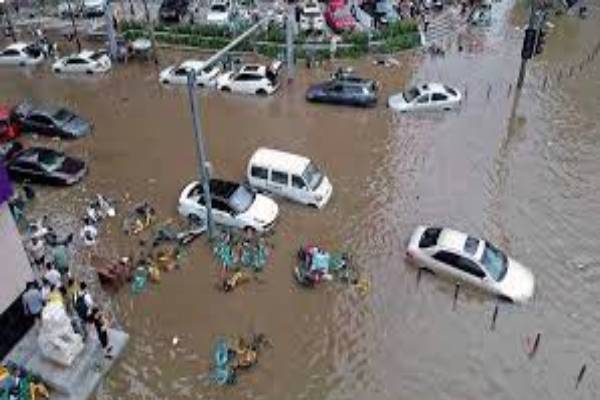The enormous floods that have overwhelmed Jayapura, the capital of the province of Papua in Indonesia’s far east, have killed at least eight people.
The torrential rains which began January 7 have displaced about 7,000 people, causing rivers to overflow, banks to collapse in various locations, and massive landslides in multiple districts.
North Jayapura Utara, South Jayapura, Abepura, Heram, and Muara Tami are among the regions devastated by the floods, which are still flooded in portions. Jayapura, the provincial capital, is separated into two sections: the highlands, which house the Sentani airport, and the lower part, which has the majority of the residential complexes, government buildings, and public services.
Heavy floods have wreaked havoc on the lowlands, where three distinct rivers flow, one of which is the source of the disaster.
A grave situation has also been reported on the island of Sumatra, where at least 32,000 people have been displaced and three people have died, all of them are children, as a result of a week of severe weather.
Since December 31, torrential rains have triggered flooding in at least four districts and submerged areas of the eastern sector, many of which are deep below sea level.
At least 11,000 homes were flooded, forcing inhabitants to seek safety in makeshift shelters, temporary accommodation, public facilities, and even mosques.
The rapid deforestation that has occurred in recent years is one of the main reasons of the floods that have afflicted numerous areas of Indonesia. Jafar, a resident of the village of Lhoksukon, told AsiaNews that “huge floods have been a recurrent problem in the region of North Aceh in recent years” and that “deforestation has exacerbated the impacts of the situation.” “The terrible floods that have flooded 15 sub-districts – he points out – are unquestionably linked to deforestation,” says Nur, a former executive director of the local chapter of Walhi (the Indonesian environmental fund).





